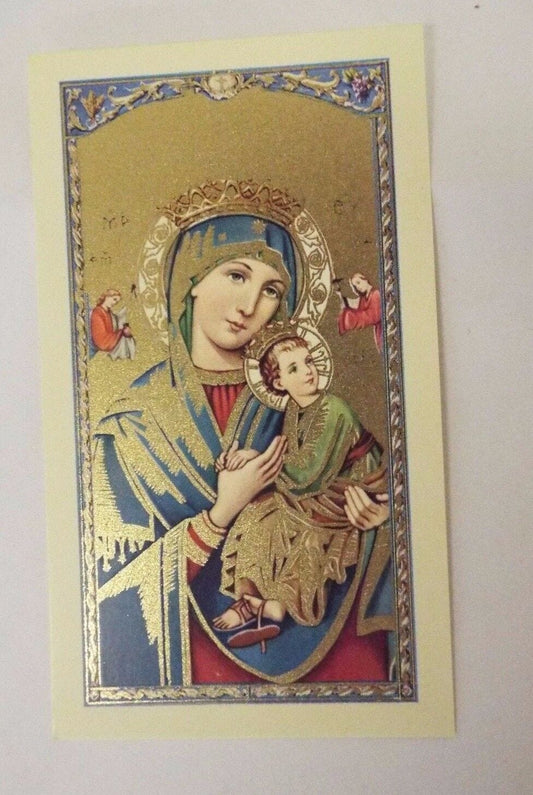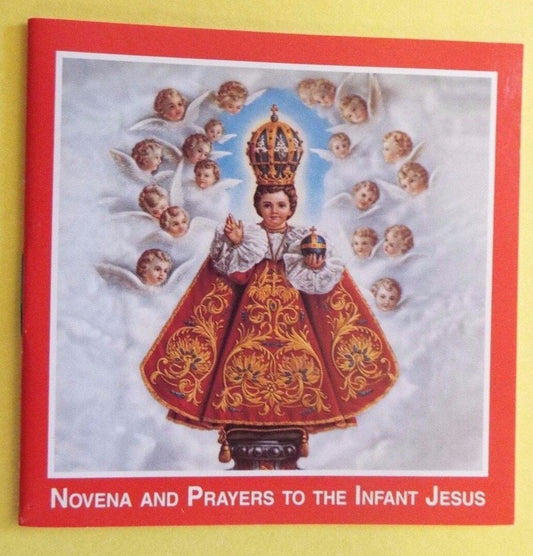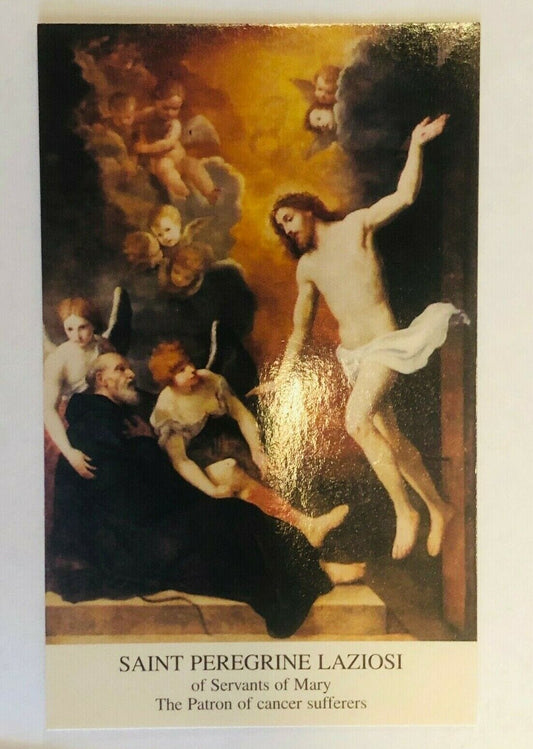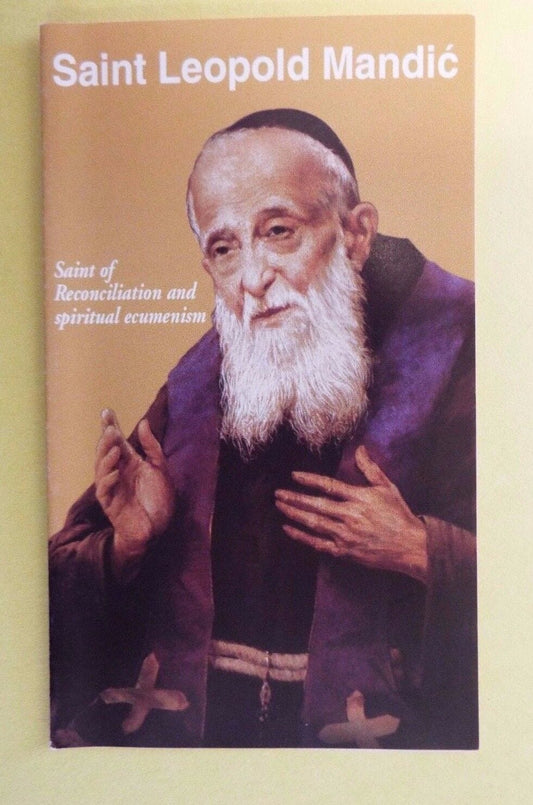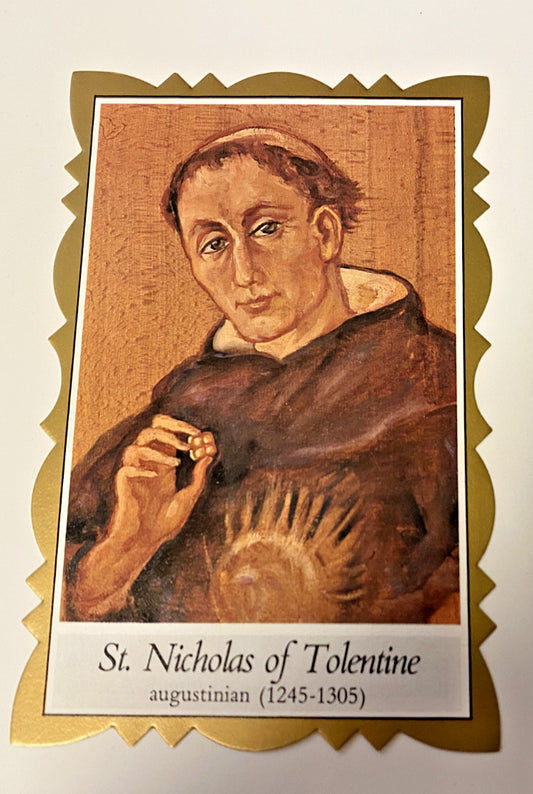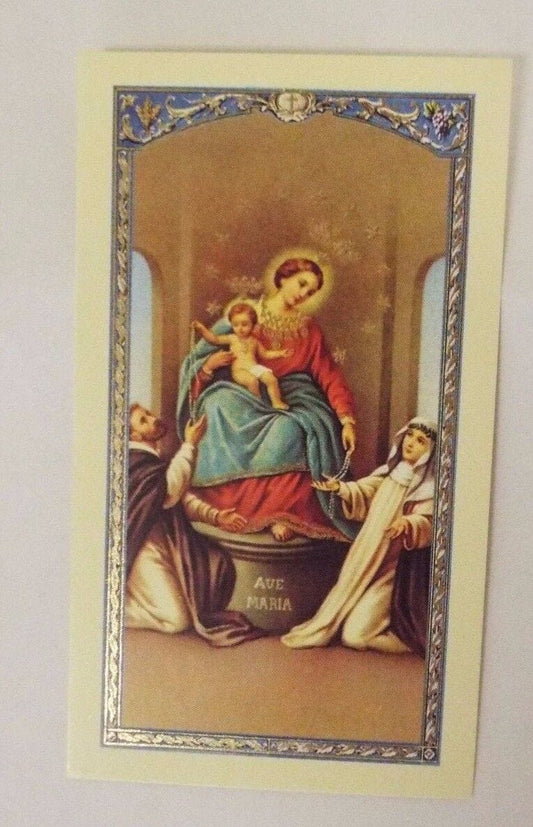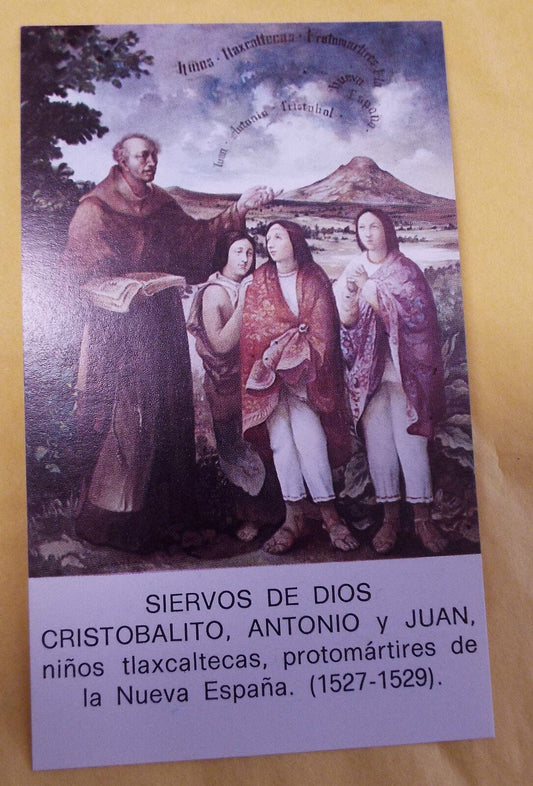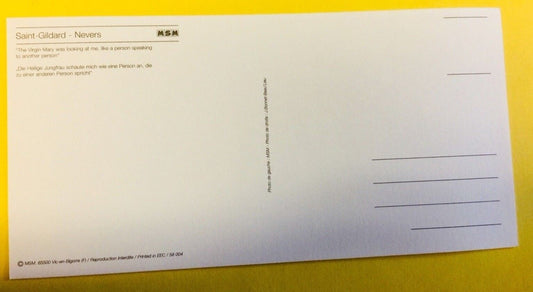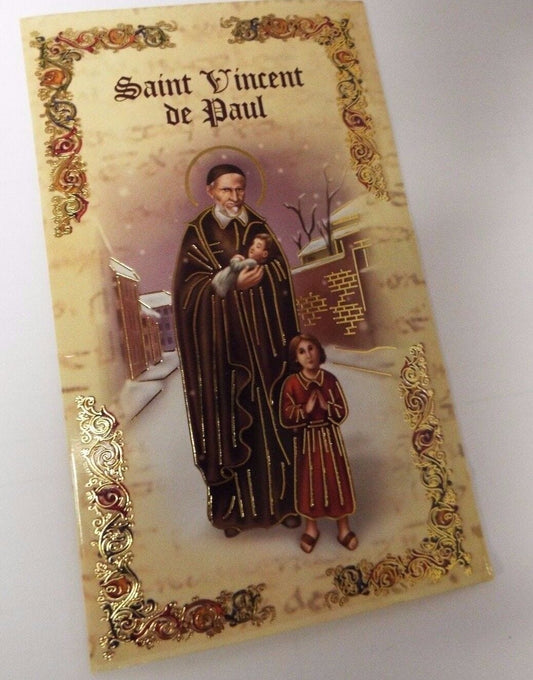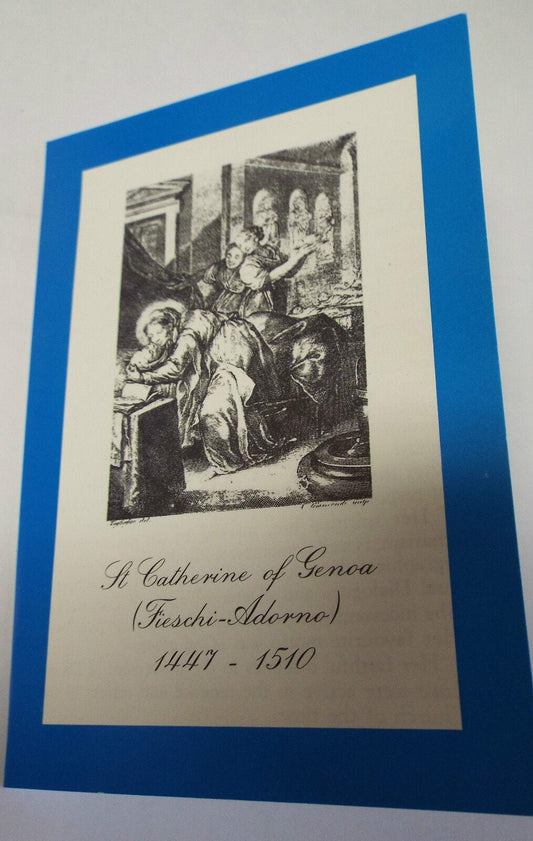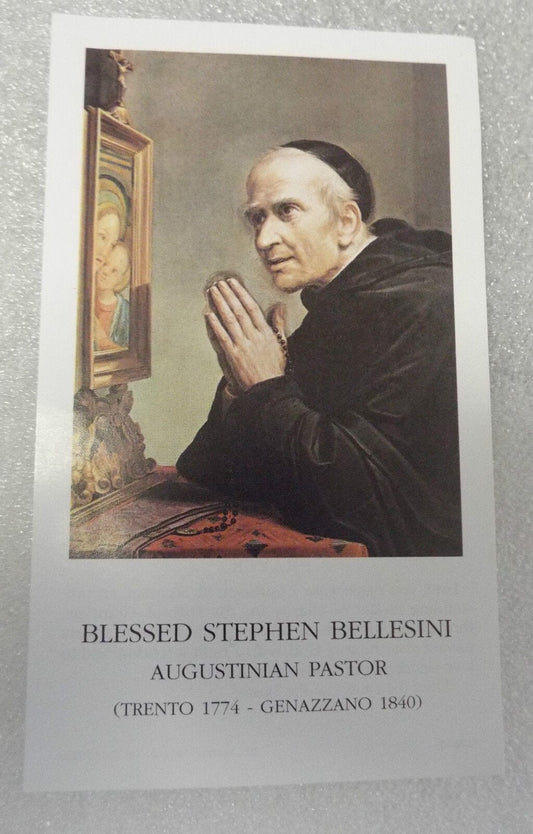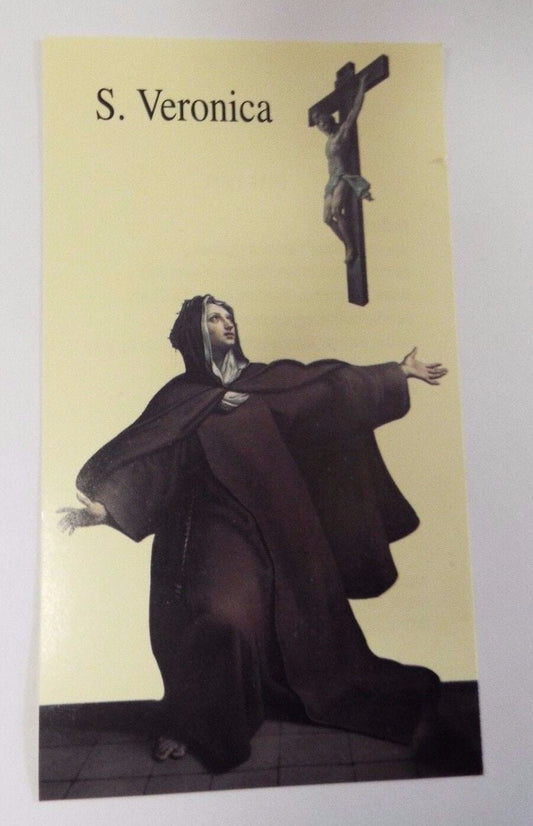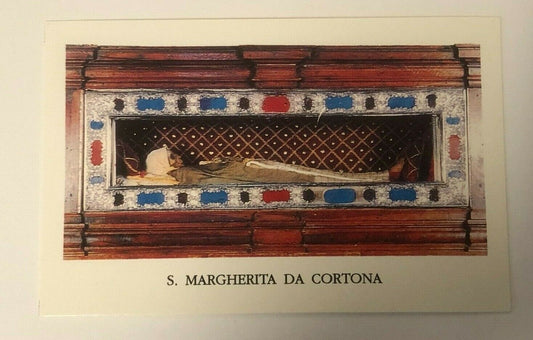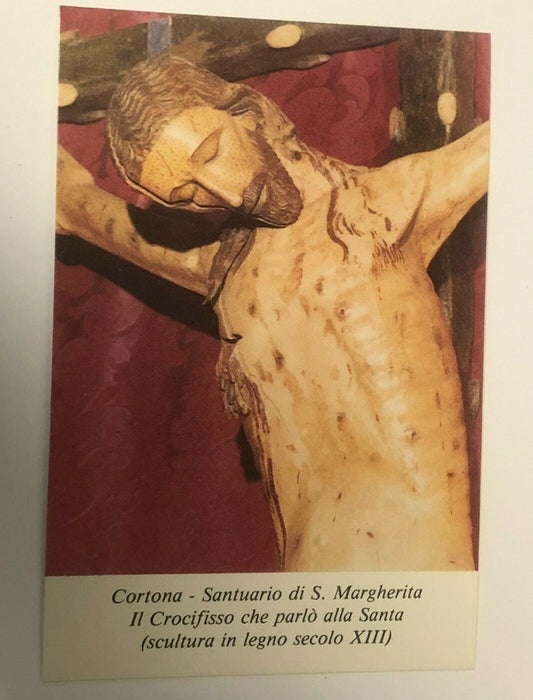Collection: 4. Inspirational AAA Prayer Cards
Inspirational Prayer Cards
Catholic Prayer Cards
Jesus Prayer Cards
Mother Mary Prayer Cards
Saint Joseph Prayer Cards
Saints Prayer Cards
Saint Michael Prayer Cards
A Brief History of Holy Cards in the Church
Let’s step back into the shadowed corridors of history, where faith was etched not just in stone cathedrals but in the quiet, personal treasures of the devout. Holy cards, those small, sacred tokens often tucked into prayer books or clasped in trembling hands during moments of desperation, have a story as old as the printing press itself. Picture this: it’s the late Middle Ages, around the 15th century, and the world is on the cusp of a technological revolution. The invention of woodblock printing in Europe—think of it as the medieval equivalent of a viral tweet—suddenly makes images of saints and biblical scenes accessible to the masses, not just the elite who could afford illuminated manuscripts.
These early holy cards, often called “santini” in Italian, weren’t just pretty pictures. They were spiritual tools, a tangible connection to the divine in an era when literacy was a luxury. A woodcut of St. Christopher might be pressed into the hands of a traveler, a whispered prayer for safe passage clinging to its edges. Or an image of the Virgin Mary, her serene face a beacon of hope, might rest on a bedside table in a plague-ridden village.
Power of Carrying a Saint’s Prayer Card
In the quiet moments of life—those fleeting pauses between the chaos of daily routines—there’s something profoundly grounding about slipping your hand into your pocket and feeling the worn edges of a Catholic prayer card. It’s not just a piece of laminated paper; it’s a tangible connection to a saint, a silent companion who walked the earth centuries ago, wrestling with the same doubts, fears, and hopes that tug at your soul today. These cards, often adorned with sacred art and a heartfelt prayer, carry a spiritual weight that transcends their modest form. They’re a whispered reminder of intercession, a call to lean on the holy figures who’ve already fought the good fight and now stand before God, ready to plead on your behalf.


